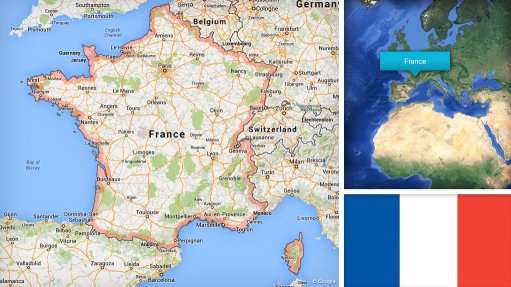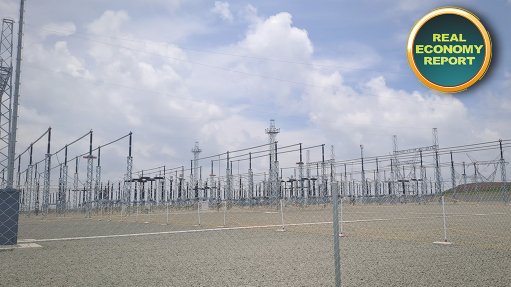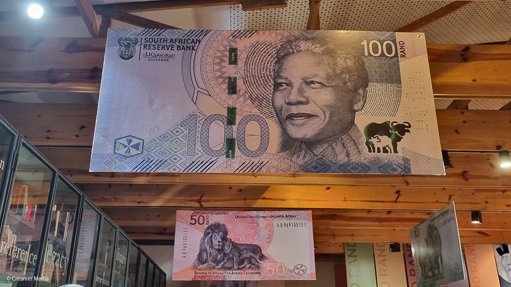Aw, Snap!
Wind turbines do not assist power system operation. They do not. Every so often, a power system collapses and it is the renewable-energy systems which cause the collapse.
Wind turbines produce no power when there is no wind. Solar power systems are better but not at night time. This is blindingly obvious, or it should be. Neither type of renewable is reliable. Wind turbines do not produce significant amounts of energy more than 30% of the time and solar systems not much better. The cost per kilowatt of the renewables installations is less than other forms of energy generation (nuclear, coal, et cetera) but hey! A lot of the time, the systems are not generating power.
One of the resulting issues with renewable energy is that it is dependent on the weather. In South Australia, in 2016, there was an extensive blackout following a storm. As a result, the Hallet, Hornsdale, Clements Gap and Snowtown wind farms reduced output by a total of 300 MW. A further five wind farms tripped out. And, finally, gas turbine power and power imports were used to get the whole power system up again.
In August 2016, I wrote an article titled ‘Nimble operators with gas turbines’. I pointed out the massive jump in energy prices in South Australia in 2015/16, when the last coal-fired power station closed down. The increase was due to no coal-fired power, reliance on wind, absence of wind, and the use of gas-turbine power from Torrens Island.
In February this year, according to Wikipedia, the state of Texas suffered a major power crisis, which came about as a result of three severe winter storms sweeping across the US, creating a massive electricity generation failure in the state of Texas and shortages of water, food and heat. More than 4.5-million homes and businesses were left without power, some for several days.
Although state officials, including the Texas governor, initially blamed the outages on frozen wind turbines and solar panels, “inadequately winterised natural gas equipment” was the primary cause. Also, Texas had isolated from the grid in an effort to avoid federal oversight, but this made it difficult for the state to import electricity from other states.
Inadequately winterised natural gas equipment? Seriously? So, the frozen wind turbines and iced-over solar panels were not the problem, really? It is inconceivable that the gas turbines could not operate in cold temperatures and that this had not been a problem before.
But the real problem is the use of power generation systems that require gas-turbine backup. Like solar and wind.
South Australia has a demand of about 3 000 MW. If you inject into this sort of power system a lot of wind turbines which carry about 46% of the total load, then, since the wind can drop from hero to zero in an hour, since you can’t ramp up a coal station in an hour (or not if they’re shut down), you’re going to have to turn to your friendly gas-turbine operator, who may want (if it’s cold) to sell the gas for heating and, if you want gas-turbine-generated electricity, will sell that to you at a high price.
In this country, what makes things worse is that there is a chorus of self-appointed ‘energy experts’ who have never run a power system but are passionate believers in renewable energy because it’s, um, renewable. They say, “Oh, it’s renewable, cheap”, but they don’t say, “but unreliable.”
What is to be done? I have a suggestion: everybody who proposes to build a renewable- energy plant must be obligated to build a backup plant. It doesn’t have to be as large as the main plant, but it must not fail if backup is required. Okay, never going to happen. But if we just willy-nilly build solar and wind power plants, we are driving ourselves into South Australia- and Texas-type power outages.
Article Enquiry
Email Article
Save Article
Feedback
To advertise email advertising@creamermedia.co.za or click here
Comments
Press Office
Announcements
What's On
Subscribe to improve your user experience...
Option 1 (equivalent of R125 a month):
Receive a weekly copy of Creamer Media's Engineering News & Mining Weekly magazine
(print copy for those in South Africa and e-magazine for those outside of South Africa)
Receive daily email newsletters
Access to full search results
Access archive of magazine back copies
Access to Projects in Progress
Access to ONE Research Report of your choice in PDF format
Option 2 (equivalent of R375 a month):
All benefits from Option 1
PLUS
Access to Creamer Media's Research Channel Africa for ALL Research Reports, in PDF format, on various industrial and mining sectors
including Electricity; Water; Energy Transition; Hydrogen; Roads, Rail and Ports; Coal; Gold; Platinum; Battery Metals; etc.
Already a subscriber?
Forgotten your password?
Receive weekly copy of Creamer Media's Engineering News & Mining Weekly magazine (print copy for those in South Africa and e-magazine for those outside of South Africa)
➕
Recieve daily email newsletters
➕
Access to full search results
➕
Access archive of magazine back copies
➕
Access to Projects in Progress
➕
Access to ONE Research Report of your choice in PDF format
RESEARCH CHANNEL AFRICA
R4500 (equivalent of R375 a month)
SUBSCRIBEAll benefits from Option 1
➕
Access to Creamer Media's Research Channel Africa for ALL Research Reports on various industrial and mining sectors, in PDF format, including on:
Electricity
➕
Water
➕
Energy Transition
➕
Hydrogen
➕
Roads, Rail and Ports
➕
Coal
➕
Gold
➕
Platinum
➕
Battery Metals
➕
etc.
Receive all benefits from Option 1 or Option 2 delivered to numerous people at your company
➕
Multiple User names and Passwords for simultaneous log-ins
➕
Intranet integration access to all in your organisation

















